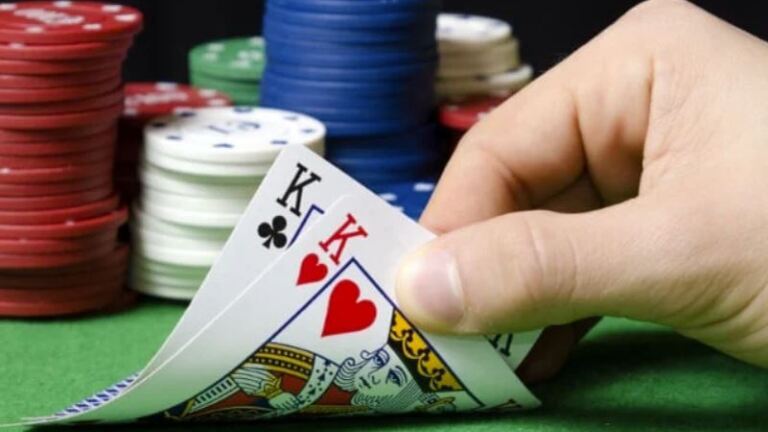
According to the latest statistics, shrinking has not ended and there are, in fact, now less players in the French online poker rooms than in the Italians. This is the first time traffic has changed this way since the introduction of the regulation of the two markets. In the past month, an average of 3,537 cash game players played simultaneously in Italy, while 3,523 in France. While the difference is marginal, the important thing is that this is the first instance since July, 2011 that Italy features a higher cash game traffic. Last year, the French market was still 30% larger than the Italian.
It is also worth mentioning that, while only residents of the country are allowed to play in the Italian rooms, .fr sites are accepting foreigners with an EU bank account as well. This means that if we compare players of the two countries only, the difference might be much more significant.
As is apparent from the graph below, the “progress” of the Italian market is not due to an increased performance; traffic of the .it rooms is also dropping. In July, at the World Gaming Executive Summit in Barcelona, Italian regulatory body AAMS representatives Francesco Rodano and Quirino Mancini compared the market to a desert, where operators fight for survival.

Representatives of the segregated markets have long since been negotiating the establishment of a common market but no recent information is available on where the talks are going. Still, the development of a common, regulated market is becoming of vital importance; most importantly, a tax system needs to be established, as ARJEL president Jean Francois Villotte has warned several times, but it first needs a legal basis in France as well as in Europe.
The fast drop in the number of French poker players is usually credited to the tax system: in the market, operators have to pay a total of 37% tax, which destroys liquidity for most of them. Last year, the combined total loss of the sites in the market was €36 million. In Italy, the situation is comparably better with a tax rate of 20%.















0 comments